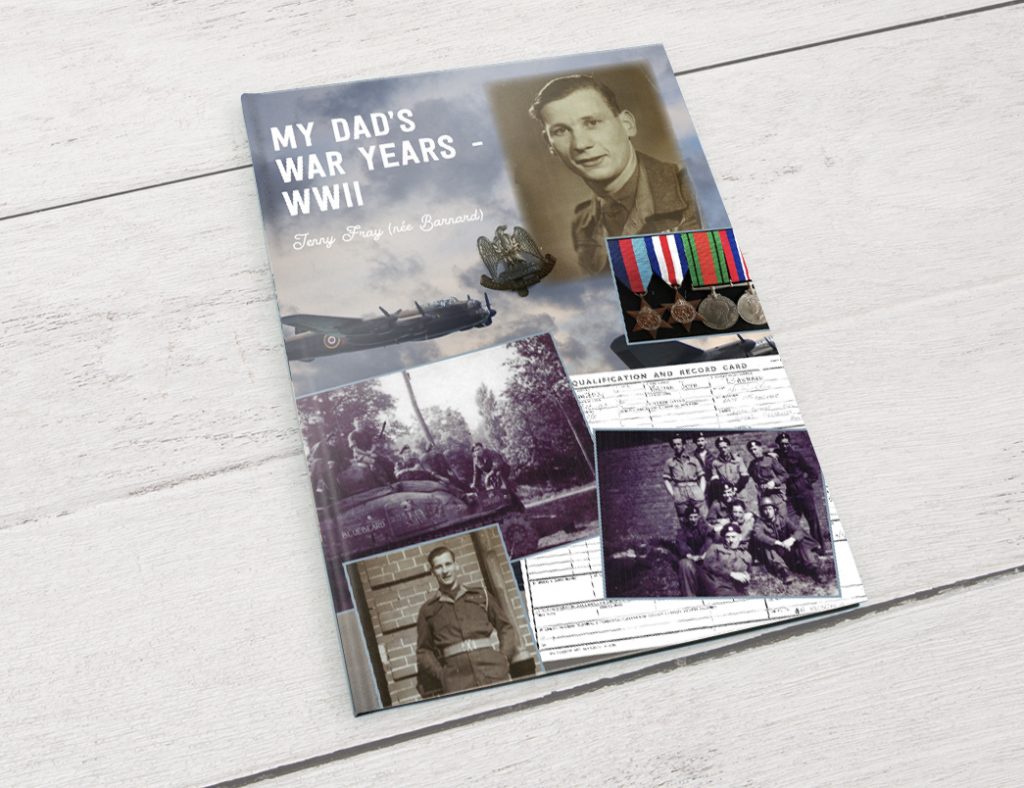7 tips on how to write a captivating memoir
Posted in Printing Tips and Tricks on 22 February 2021
What is the difference between a memoir and an autobiography?
A memoir is a collection of memories that an individual writes about moments or events, both public or private, that took place in the subject’s life.
 An autobiography is telling a lifestory based on facts, in chronological order.
An autobiography is telling a lifestory based on facts, in chronological order.
For this blog post we thought we’d take a look at how to write a captivating memoir. It will soon be spring, and a time for new beginnings! Here at Doxdirect we print a lot of memoirs, usually as hardback or paperback books. Whatever your reason for writing one, a memoir can take you on a journey, it can be a challenge, and a well written memoir is a great achievement to be treasured. If writing a memoir is something you’ve thought about doing, we’ve written down a few of our own thoughts and ideas to start you off:
1. What is the intention of the memoir? Who will be your audience?
Some memoirs that have sold thousands of copies are based on troubled childhoods, or distressing periods of life. Others are written because the author is famous and wants to tell their story and show what life is like behind the spotlight. Often these are written with a view to publishing and selling to a wide audience.
Many others are simply a way to tell the historical facts of their life or family, a record of events to pass down through the generations, for posterity. When it’s too late to ask “how did my mother meet my father?”, or “what was my great granny called?”. These can be a wonderful way to share those moments with your family and give a glimpse of your personality and life to the generations to come.
2. It’s your memoir
Don’t feel that you have to spend time and energy interviewing others about their memories, this time the story is yours. People will have different perceptions of an event, but the reader wants to know your version of it, that’s why it’s your memoir they’re reading! Pulling in too many other opinions can be pointless and confusing, if others have their own point of view, then they can write their own memoir.
3. Be choosy
Write about events that are important to you, and these will strike a chord with the reader. Don’t feel obliged to write down every major event in your life. Sometimes it’s the small moments that are the most poignant. If it helps, include a family tree or a timeline as a quick visual reference. We found some helpful family tree templates here.
4. Try not to whine!
Don’t whine or use the memoir as revenge, this will give your writing a negative energy. Readers won’t connect with that. If you’re angry, use another way to address your issues. If you are writing about times that were difficult, then use the writing as a platform to show how you have grown in the face of adversity. This can be a healing experience.
5. Use photos
Use photographs so the reader can engage with what they are reading, it will also back-up the facts, break up the text and add interest. Many people are visual learners, and photographs will add another element to their experience.
6. How to begin
Not necessarily at the beginning. Each time you sit down to write, choose one memory and write about it, get it down on paper (or screen) as quickly as possible. Free flow. You can go back after to tidy it up, but capture those raw memories just the way you remember them. The next time you sit down to write, choose another memory and do the same. When you think you have enough copy, look through and work out the order you’d like to put them in, add the structure. If you write (or print) each memory on a different piece of paper you can spread them all out and order them that way.
7. Print!
Once you’re happy with your memoir, that’s where we come in. Think about who you want to distribute it to, will it be a keepsake for all your family?
If you’re not sure that you want all the copies printed straight off, why not just get one copy done first? Here at doxdirect there is no minimum order! Once you’ve received it and checked that you’re happy with it, including the printing and binding, now’s the time to make any last changes and go ahead with your full order.
For a proof copy perhaps a saddle stitched A5 document would suit your needs. If you have lots of photographs, consider a hardback book to really make it look professional and ensure that it stays in tip top condition for years to come.
Happy writing!